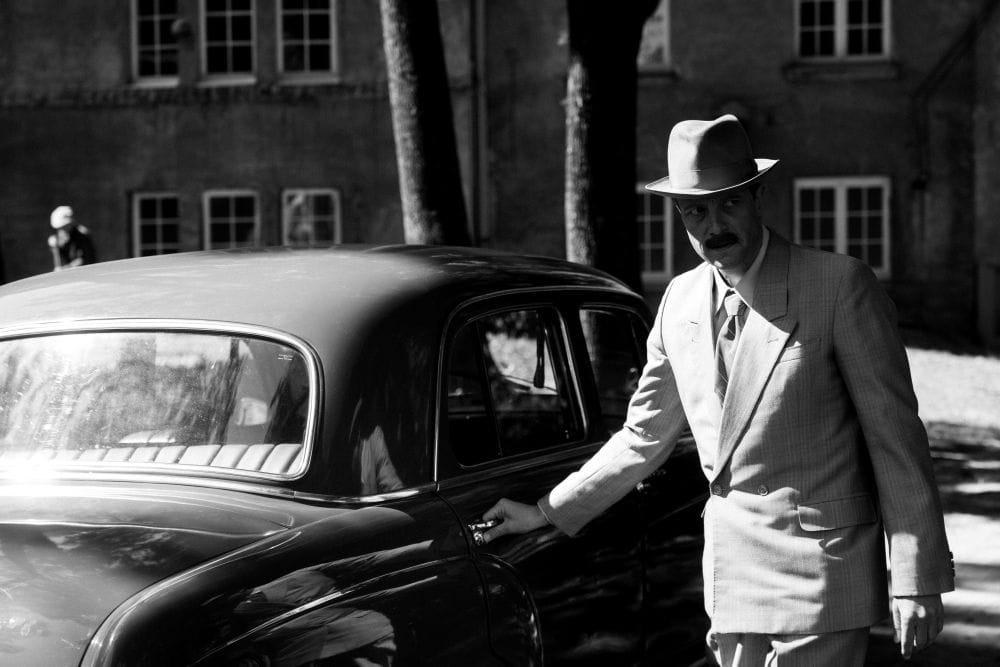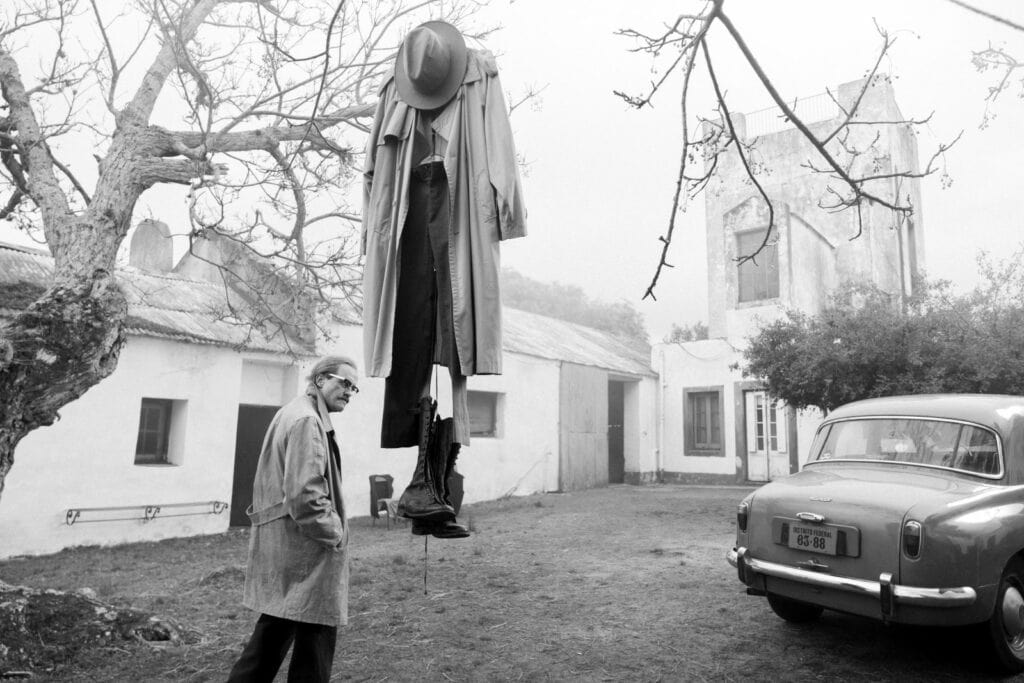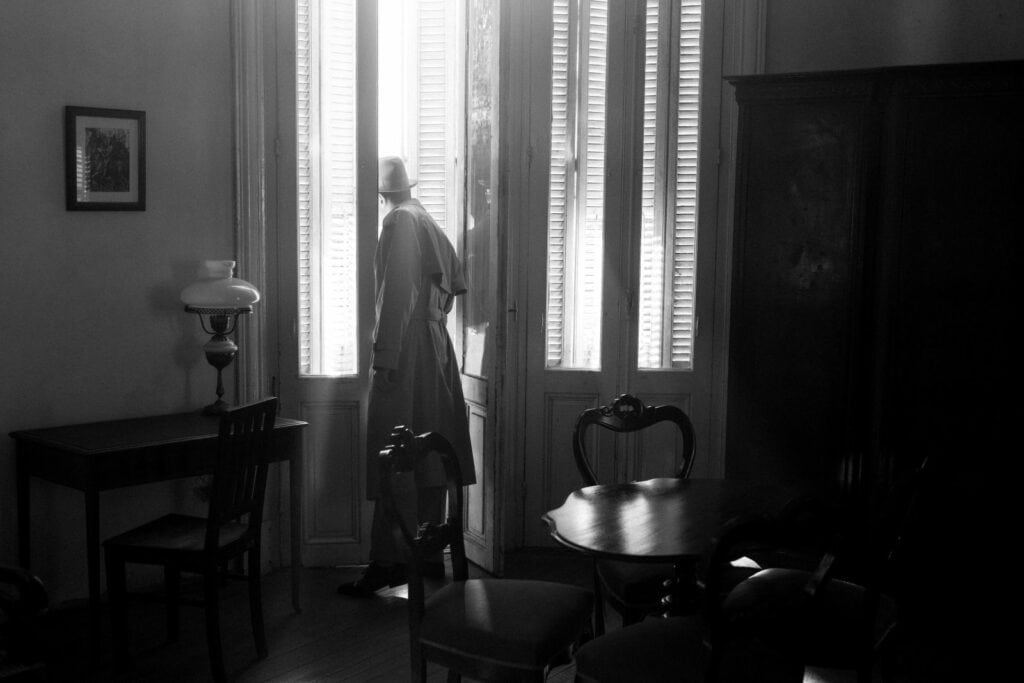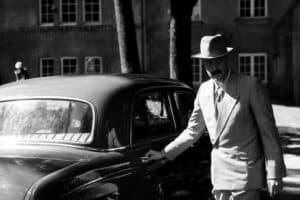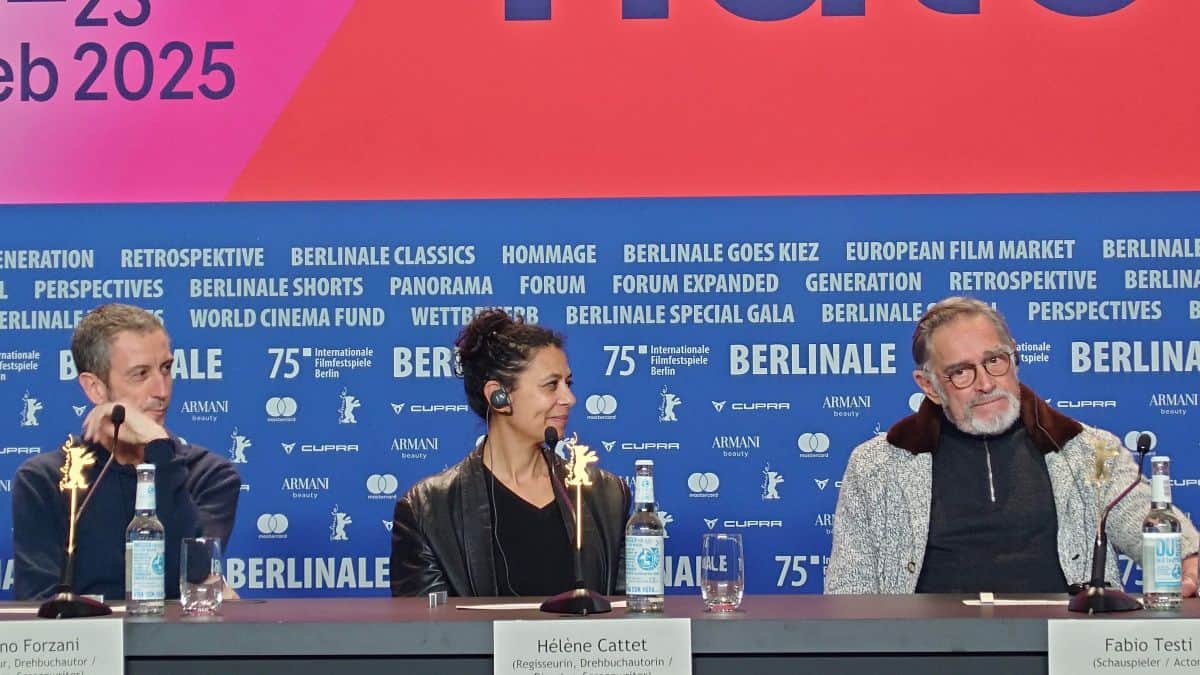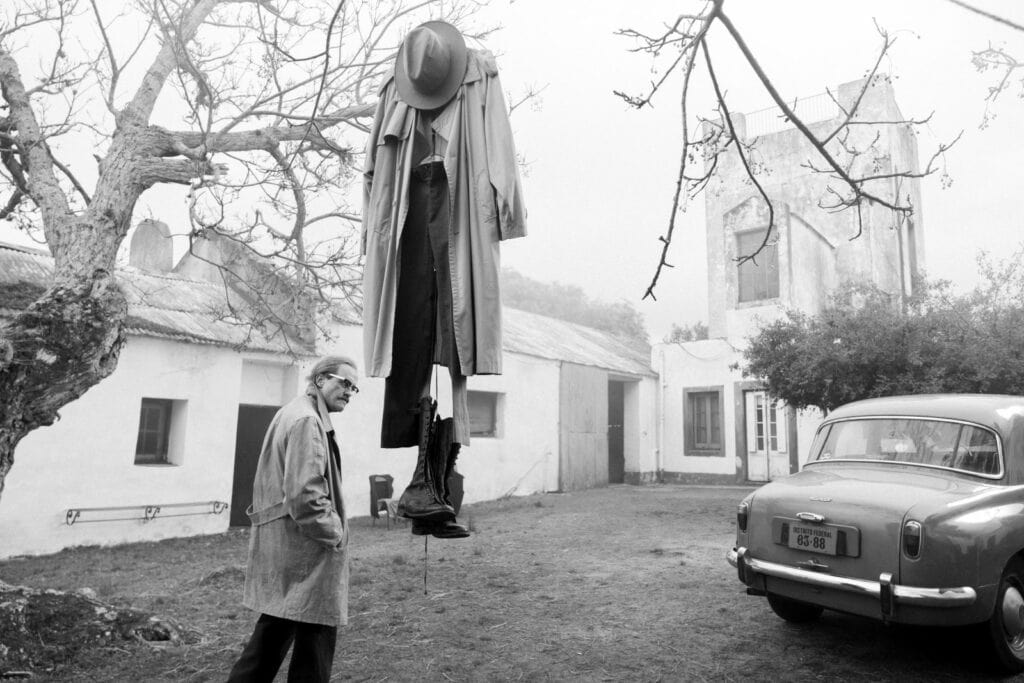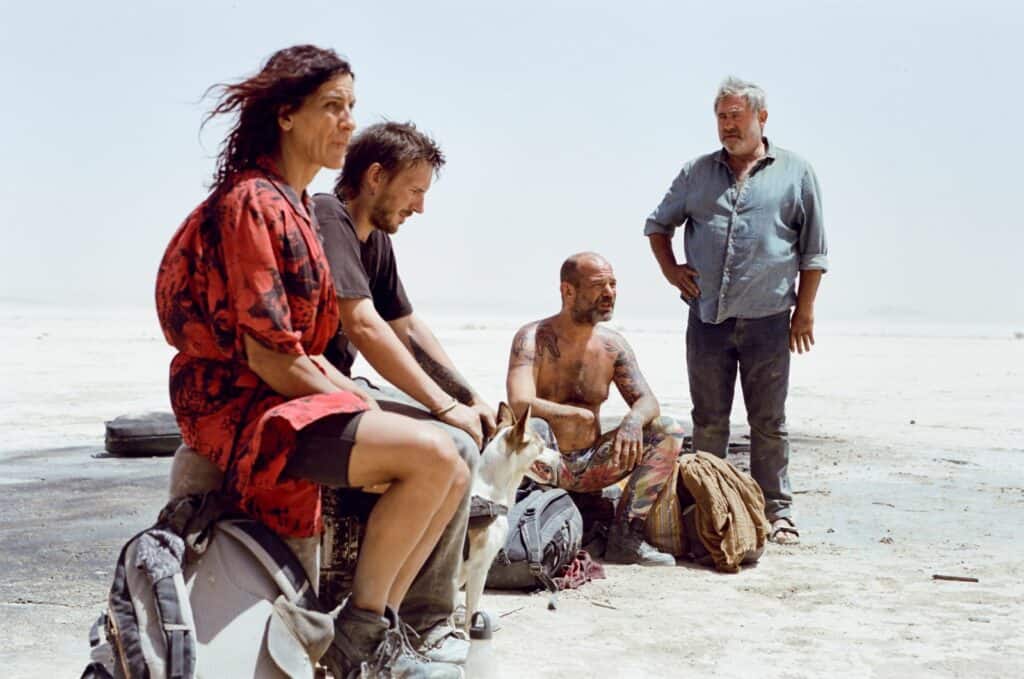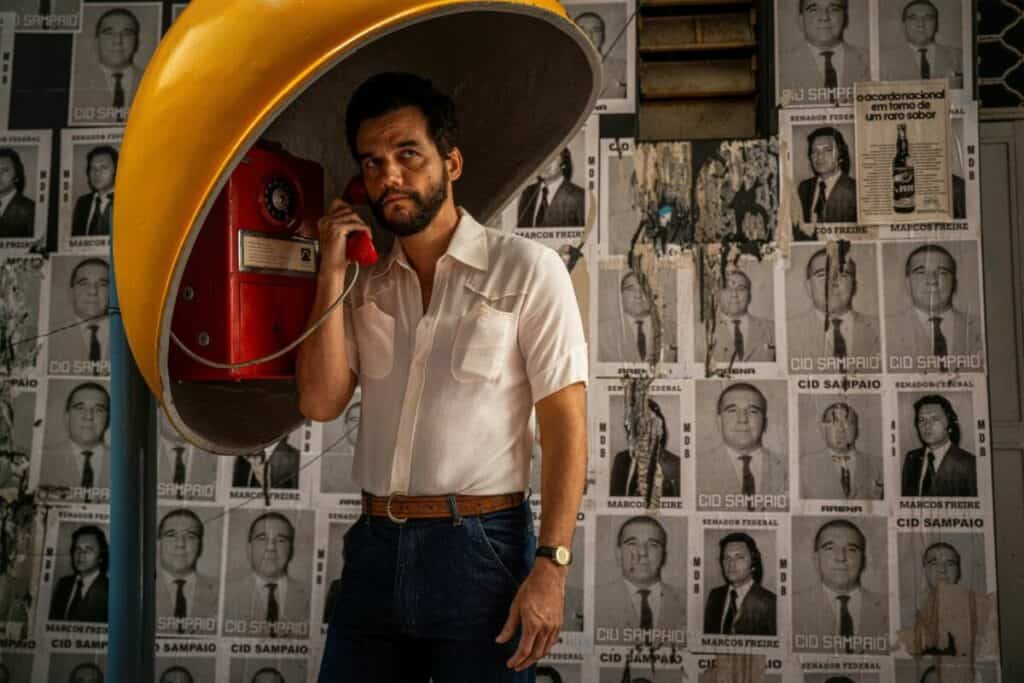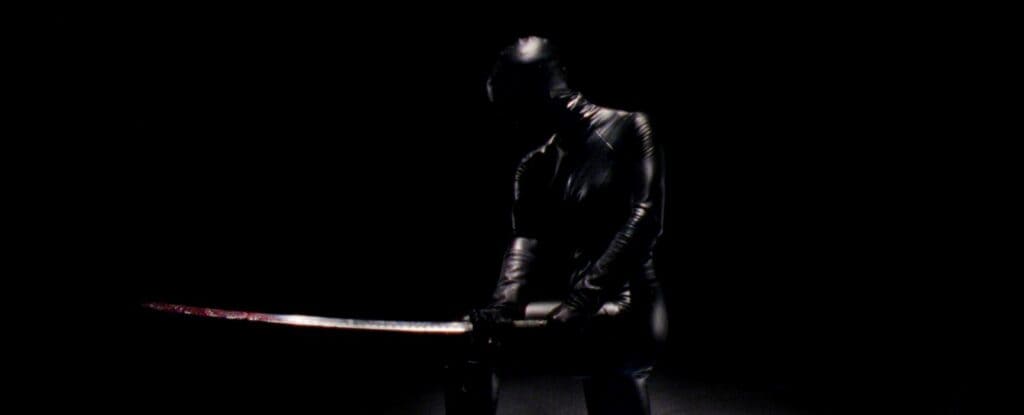A hospital is a 24 hour facility. Death, illness and, indeed, recovery do not keep office hours. The (inevitably white) walls are home to questions, tears, frustrations and goodbyes. Powerful emotions are an hourly occurrence. In Late Shift, Swiss writer / director Petra Volpe crafts a taut, powerful drama that unfolds over the course of a single shift in a hospital. With a powerhouse performance from Leonie Benesch at its core, the film is a sobering yet deeply human exploration of the modern healthcare crisis, told through the exhausted eyes of one overworked nurse. It’s a film that doesn’t just depict stress, it immerses you in it.
The story follows Floria Lind (Benesch), a dedicated and compassionate nurse working in a Swiss surgical ward. From the moment her shift begins, it’s clear that the hospital is understaffed and overwhelmed. Patients pile up, emergencies escalate and Floria is pulled in every direction, by doctors, patients, colleagues and her own conscience. As the hours tick by, the pressure mounts, and what begins as a routine day spirals into a tense, near-thriller-like race against time.

There’s no external villain here. The antagonist is the system itself: a healthcare infrastructure stretched to its breaking point and the emotional toll it exacts on those who keep it running. The film’s climax isn’t a dramatic twist, but a quiet, devastating moment of emotional collapse that feels all too real.
Late Shift is a searing indictment of the global nursing crisis, but it’s also a deeply empathetic character study. Volpe uses Floria’s shift as a microcosm for broader systemic issues: burnout, emotional labor and the invisibility of care work. The film doesn’t preach, it shows. Through Floria’s eyes, we experience the impossible balancing act of triaging patients, managing bureaucracy, and maintaining a shred of humanity in a system that demands constant sacrifice.
Thematically, the film explores the erosion of boundaries between professional and personal; between care and self-neglect. Floria’s quiet resilience is both her strength and her undoing. She internalises every failure, every missed call, every patient she can’t save. The film also touches on gender dynamics, subtly highlighting how emotional labor is disproportionately expected of women in caregiving roles.
Leonie Benesch delivers a career-defining performance as Floria. Known for her roles in The Teachers’ Lounge and Babylon Berlin, Benesch brings a raw, lived-in authenticity to the role. Her portrayal is remarkably physical: every movement, every glance, every sigh feels earned. She doesn’t need grand monologues; her exhaustion, compassion and quiet despair are etched into her face. It’s a performance that feels less like acting and more like witnessing.

The supporting cast, including Sonja Riesen and Alireza Bayram, provide strong, grounded performances that flesh out the hospital’s ecosystem. But the film belongs to Benesch, whose presence anchors every frame. We fully understand her sense of routine and experience; she knows exactly which drawer to open, which room to attend and which tests to run. Although, given the frenetic pacing of her shift, you cannot help but feel on edge that mistakes might be made along the way.
Petra Volpe’s direction is intimate and immersive. She eschews melodrama in favour of realism, capturing the chaos and claustrophobia of the hospital with documentary-like precision. The camera, handled masterfully by Judith Kaufmann, often follows Floria in long, unbroken takes, creating a sense of urgency and immediacy. The hospital corridors become a labyrinth, both physical and emotional, through which Floria navigates with increasing difficulty.
Kaufmann’s cinematography is both beautiful and brutal. The sterile whites and harsh fluorescents of the hospital are contrasted with fleeting moments of warmth: sunlight through a window, a patient’s smile, a rare moment of stillness. These visual choices underscore the emotional highs and lows of Floria’s journey.

The film’s sound design is a standout element. The constant beeping of monitors, the buzz of intercoms, the hurried footsteps all contribute to a soundscape that mirrors Floria’s fraying nerves. The score, used sparingly, is composed of ambient tones and subtle piano motifs that swell into a pulse like staccato only when absolutely necessary.
Late Shift is not an easy watch, but it’s an essential one. It’s a film that demands empathy, not just for its protagonist, but for the countless real-life nurses she represents. Writer / director Petra Volpe presents a cinematic call to action, but also a deeply personal story of one woman trying to hold it all together in a world that keeps asking for more.
Late Shift is in UK and Irish cinemas from August 1.
https://www.youtube.com/watch?v=D8xRa1u9KE4


